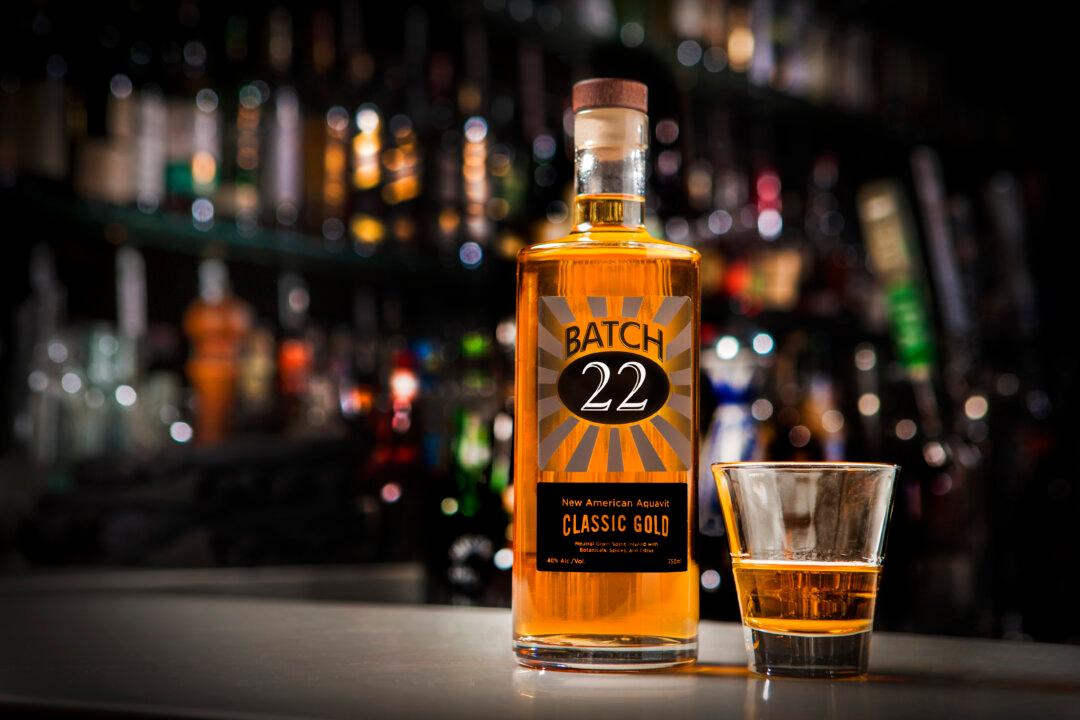The name comes from the Latin word for “water of life”—not to be confused with eau de vie, a clear, unaged brandy. Brandy this isn’t. Rather than fruit, this Scandinavian distillate calls for grain or potatoes for its production, and over time, two main flavorings have become standard starting points: caraway seed and dill seed.
While the first production of it has no certain calendar date, the earliest written record of aquavit appears in a 1531 letter. Danish Lord Eske Bille of Bergenhus sent a bottle of a purported medicinal cure to Norwegian Bishop Olav Engelbrektsson. Today, its production and enjoyment abound in Norway, Denmark, Sweden, Finland, Iceland, and northern Germany.





